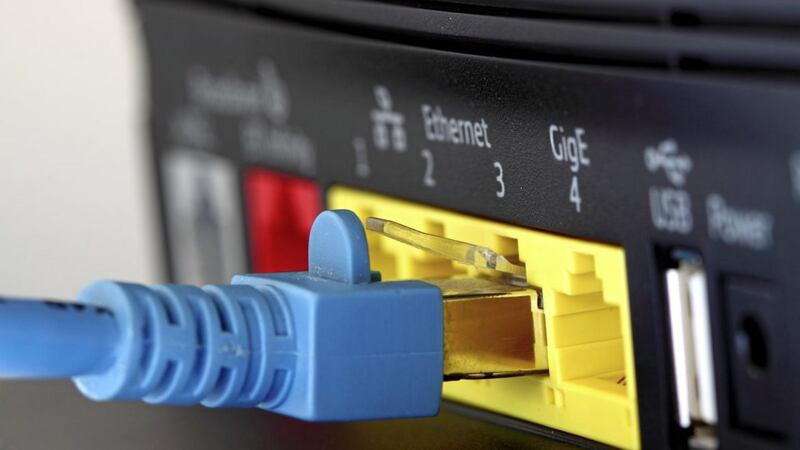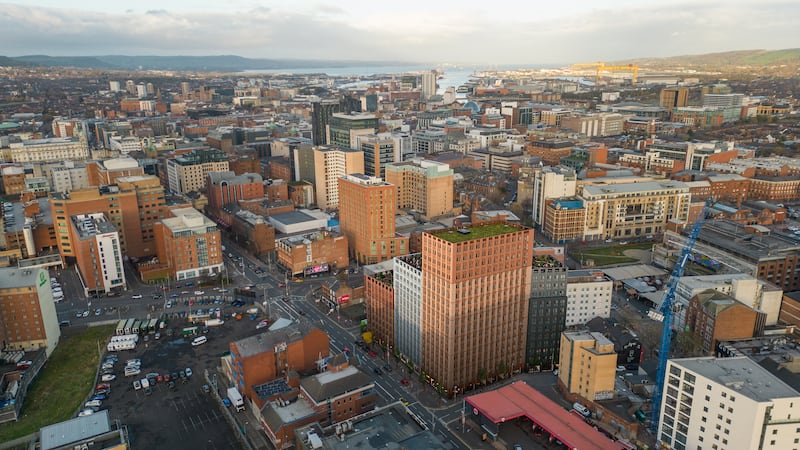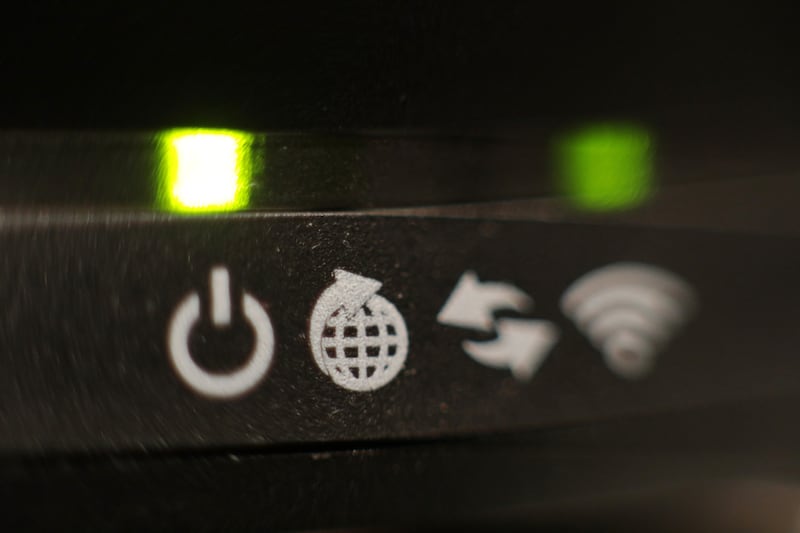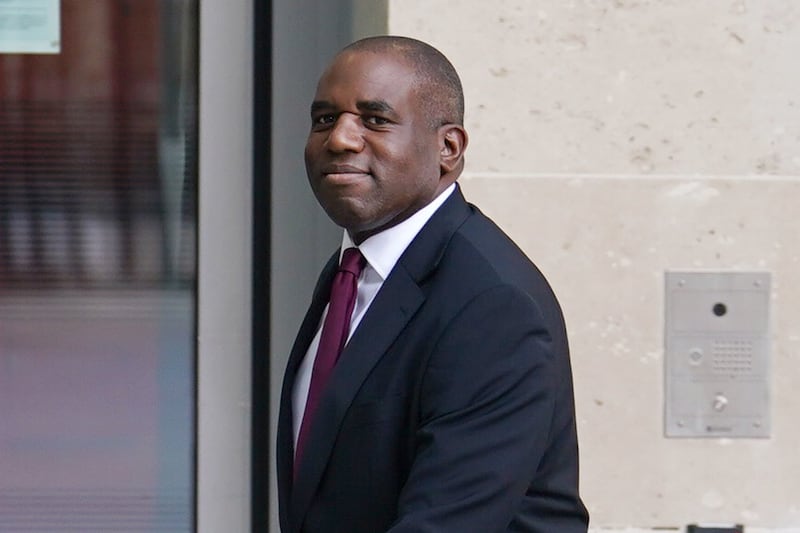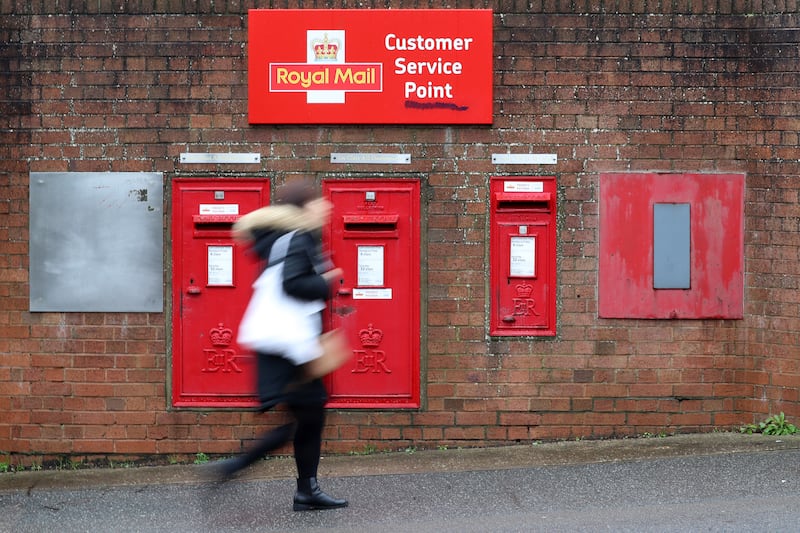AROUND 63,000 homes and offices in Northern Ireland - or 8 per cent of all properties - can't receive a decent broadband connection and there is a marked disparity in coverage across the 11 local authorities, a new report on the region's telecoms sector has revealed.
And while the picture is one of improving coverage and uptake, the study says there is more to do particularly in boosting mobile and broadband coverage and improving the quality of service provided by telecoms firms, especially in rural areas.
The findings are contained in Ofcom’s closely-monitored Connected Nations report, which takes an in-depth look at the state of the UK’s telecoms and wireless networks.
It pointed to the digital divide declining in Northern Ireland, because while those 63,000 premises remain unable to sign up for broadband speeds over 10 Mbit/s (that's the speed required to meet a typical household’s digital needs), the figure is down from 107,000 last year.
Around a quarter of properties (59,000) in rural Northern Ireland cannot receive the 10 Mbit/s connection, often because they are situated a long way from a telephone exchange or street cabinet.
The worst local authority for coverage is Fermanagh & Omagh, where a quarter of business and domestic premises (25 per cent) can't get a 10 Mbit/s speed, while 12 per cent can't even reach 2 Mbit/s.
The key 10 Mbit/s download speed is also a challenge for 18 per cent of properties in Mid-Ulster, 14 per cent in Newry Mourne & Down and 12 per cent in Causeway Coast & Glens.
On the flip side, the average download speed of a broadband service in Northern Ireland jumped by 21 per cent in the last year, from 28 to 34 Mbit/s, reflecting not only better coverage, but people also choosing to pay for faster broadband packages.
And around a third of Northern Ireland homes (254,000) have now chosen to take up superfast broadband – a download speed of 30 Mbit/s or more – which up from 29 per cent a year earlier.
Superfast broadband is now available to 83 per cent of Northern Ireland homes (up from 77 per cent last year), driven by BT upgrading its network and on-going investment by the Stormont Executive.
The report says superfast services are now available to 71 per cent of SMEs – up from 66 per cent in 2015.
Ofcom Northern Ireland director Jonathan Rose said: “Mobile and broadband coverage continued to grow this year, but too many people and businesses are still struggling for a good service. We think that is unacceptable.
“So we’re challenging mobile operators to go beyond built-up areas, and provide coverage across the UK’s countryside and transport networks.”
The watchdog has set out technical advice to inform the Government’s decisions on factors such as speed, eligibility, affordability and funding, and it has mooted a social tariff to provide affordable broadband for the most vulnerable customers, including those on low incomes.
